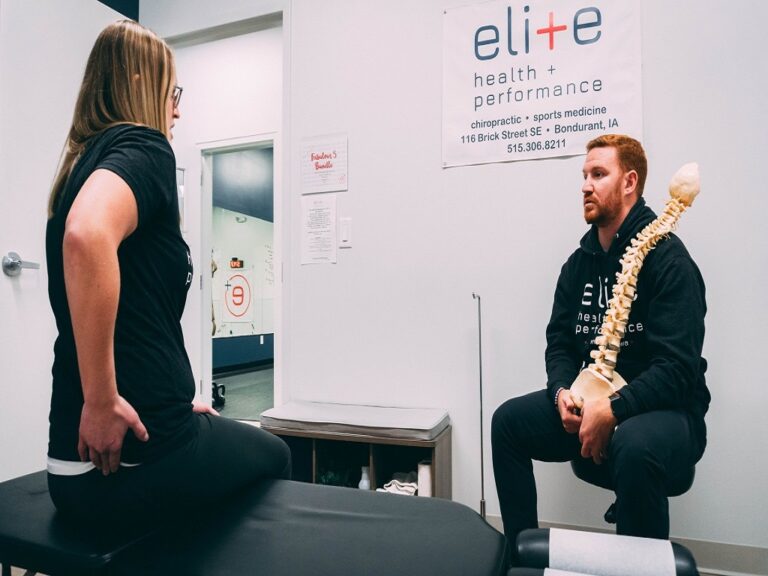Spinal muscular atrophy (SMA) typically affects babies and children. The disorder makes it hard for affected individuals to use their muscles. When a child has SMA, there’s generally a breakdown of the nerve cells in the spinal cord and brain. What this means is that the brain stops transmitting messages that help control muscle movement. When this happens, the affected child’s muscles become weak, and they shrink over time. Children who are diagnosed with SMA usually have trouble controlling their head movements, walking, and sitting without help. In severe cases, they may also have trouble breathing and swallowing.
Symptoms of Spinal Muscular Atrophy
Symptoms of SMA can vary a lot, based on the type and degree of severity.
Type 0
This is the most severe form of the disorder, and it typically develops when the mother is pregnant. Babies with this type of SMA are born with joint problems and weak muscles. They tend not to survive for too long due to breathing troubles.
Type 1
This is also a rather severe type of SMA. Children born with type 1 SMA are usually unable to sit without help or support their head. They may also have floppy legs and arms, and some may struggle to swallow. Children with type 1 SMA don’t usually live past the age of 2.
Type 2
This type of SMA affects children between the ages of 6 and 18 months. The symptoms of type 2 SMA range from moderate to severe and usually affect the legs more than the arms. Given this, the child may be able to sit, walk, or stand with help.
Type 3
This type of SMA develops in children between the ages of 2 and 17. It’s considered the mildest form of the disorder, and affected children will likely be able to walk and stand without help. They may, however, have some trouble running, getting up from a chair, etc.
Type 4
Type 4 SMA begins when one is an adult. Individuals affected with type 4 SMA may start experiencing symptoms like twitching, muscle weakness, or breathing troubles. Although the symptoms of type 4 SMA don’t go away, one can start to feel better by exercising under the guidance of a physical therapist.

